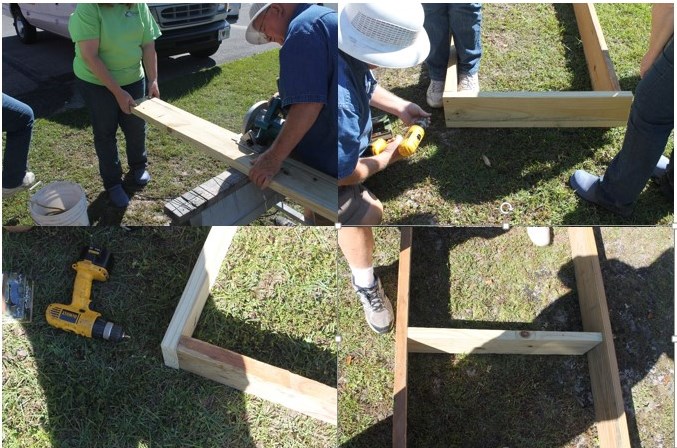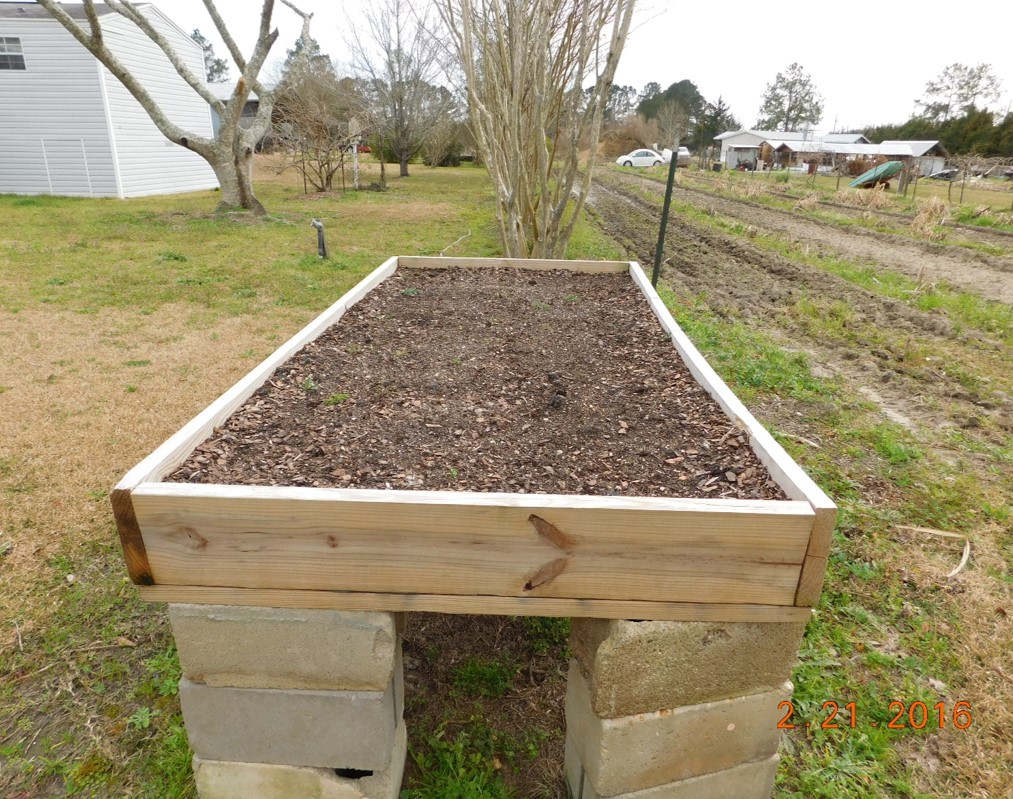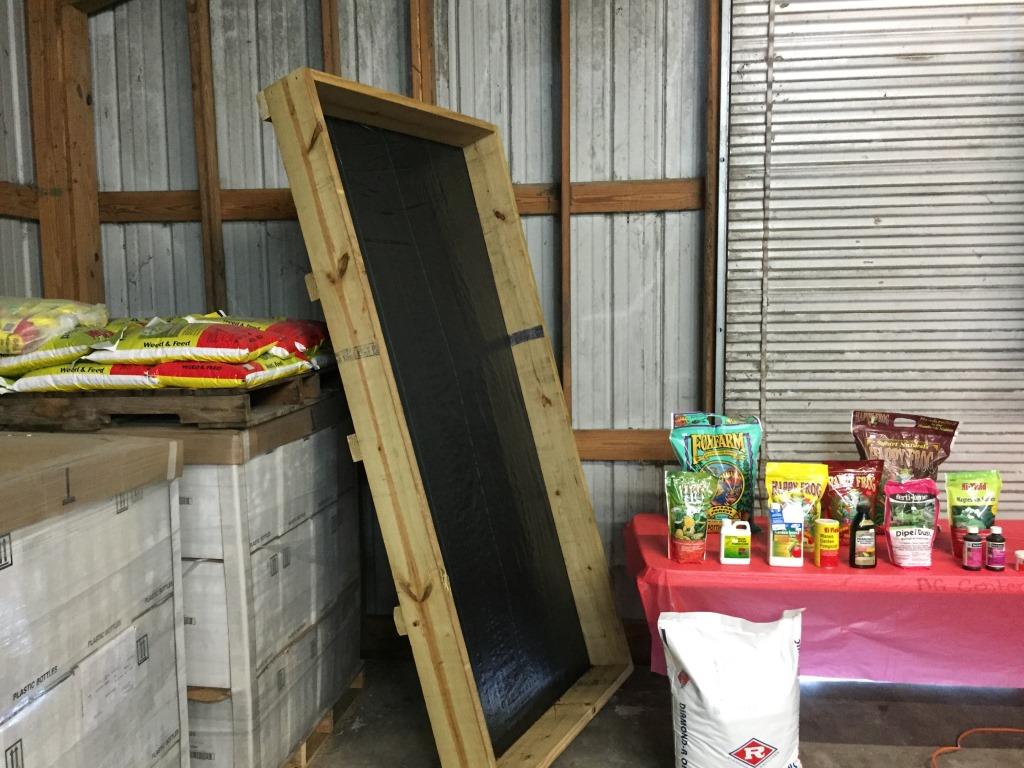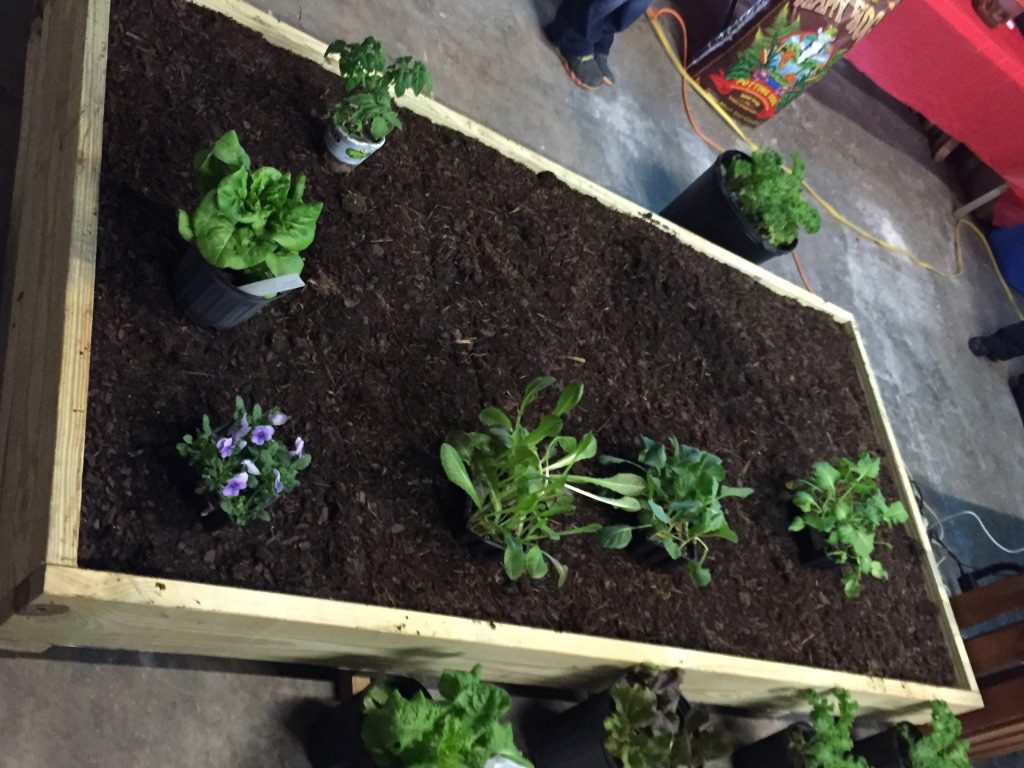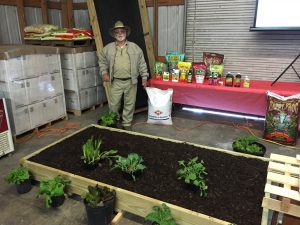 Now is the time to start planning for a spring garden! There are many different methods of successful gardening but here I’d like to discuss raised bed gardening.
Now is the time to start planning for a spring garden! There are many different methods of successful gardening but here I’d like to discuss raised bed gardening.
A few advantages of raised beds:
- Raised bed gardens provide an opportunity to bring the family together for some quality time. Add ways that you can enjoy the time with your spouse, child or grandchild. This gives you a chance to see the wonder on their faces as the plants sprout and flourish.
- Share the joy as you smell the flowers and pick the fruit.
- Provide a bouquet for the table as you add an item from the garden to your family meal.
A special kind of raised bed garden, known as an enabling garden, provides individuals needing assistance a way to garden with ease. Many have the impression that building such a garden is expensive, but it is not much more expensive or difficult than building a raised bed garden on the ground. First, begin by trimming and framing a raised bed garden just as you would for a ground level raised bed.
Materials
- 2 – (2X8) boards 14 foot long (treated or cedar)
- 2 – 2 ½ foot end pieces trimmed from a 2×8 board (treated or cedar)
- Central brace board trimmed to fit the inside of the bed
- 16 – 3 inch screws
- Table Saw
- Drill
- Extension Cord
- Durable base such as metal screening, lined with permeable weed barrier, attached to the frame securely.
Once it is made, raise it to the desired level by placing it on cinder blocks. Add enough soil or compost to mound slightly higher than the lumber. Make sure the compost is well rotted, or use sterile potting soil. Don’t use soil from the garden since it may contain root diseases. Smooth out media evenly. Purchase a drip hose or line and run back and forth over the center area. Young plants will not have a large root so make sure the irrigation delivers adequate water to the entire bed.
Many different vegetables herbs can be grown in raised beds but peppers, squash, eggplant, cherry tomatoes, basil, thyme, oregano and mint make excellent choices for a spring raised bed. Happy Gardening !
- Woodland Pinkroot Adds Vibrant Color to Spring Landscapes - April 27, 2023
- Easy Care Roses for the Gulf South - April 20, 2023
- Herb Gardening: When Oregano is Flavorless - March 9, 2023

